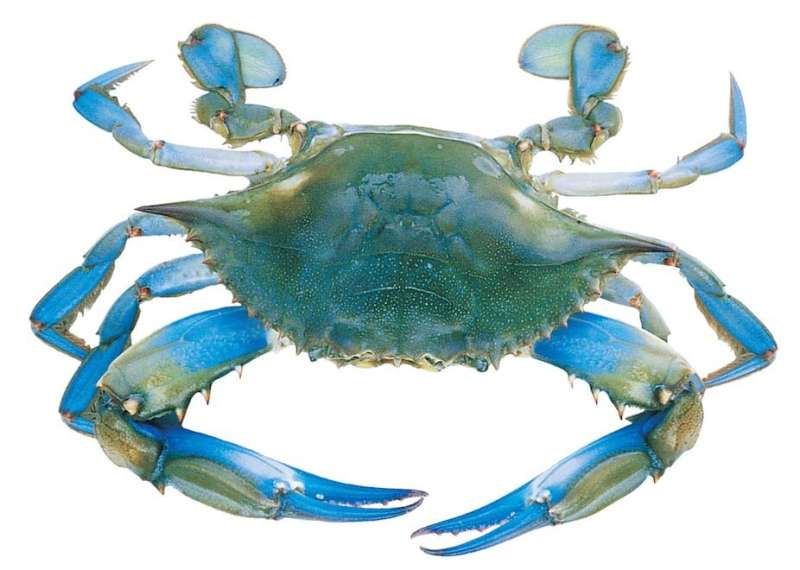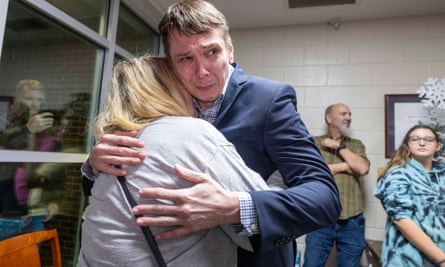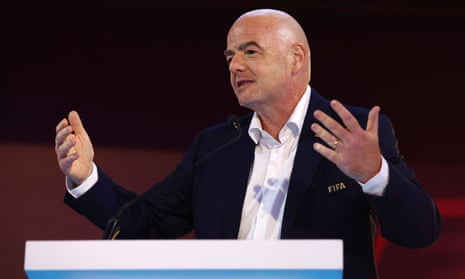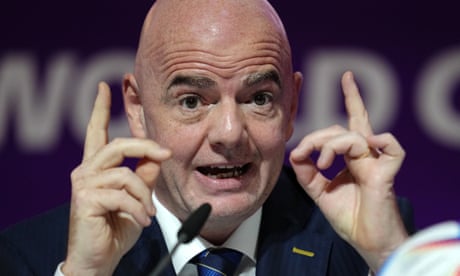As protesters use more provocative tactics, state governments are responding with heavy-handed laws to stop them

Joe Hinchliffe, Sean Ruse and Michael McGowan
Lee Coaldrake was 18 when she joined protests in Brisbane against South Africa’s rugby tour of Australia in 1971.
She later became an anaesthetist, got married, had two daughters and then seven grandchildren – and didn’t participate in another demonstration for nearly 50 years.
But, this week, Coaldrake was one of six women and three men – aged between 53 and 81 – to be the first people charged for disrupting Queensland parliament for more than 30 years, harking back to an era when the sunshine state was led by the notoriously repressive premier Joh Bjelke-Petersen.
04:53Extracts from documentary calling out new laws to curb demonstrations – video
“It was really difficult telling my family,” the 69-year-old says from her home in the well-heeled suburb of Teneriffe on Thursday, moments before taking herself to the police station to be fingerprinted and photographed.
“My eldest daughter only found out yesterday that, in fact, I was facing criminal charges. I haven’t told my youngest daughter yet. My family gets anxious … it’s a very foreign area for us to be in.”
The Queensland arrests mark the latest flashpoint in a string of high-profile crackdowns on climate protesters across Australia.

As activists use increasingly provocative – and divisive – tactics in a bid to highlight the urgency of the climate crisis, state governments are beginning to respond with a suite of heavy-handed new laws aimed at curtailing the demonstrations.
In New South Wales, 32-year-old Deanna “Violet” Coco was last week handed a 15-month jail sentence after she blocked a lane of traffic on Sydney’s Harbour Bridge in April.
Coco was the first person to be jailed under controversial laws passed earlier this year that introduced a possible two-year prison sentence for people who block major roads, bridges or ports.
The laws have been widely condemned by a coalition of environmental groups, unions, civil liberties organisations and legal groups, but enjoy the support of both the Coalition government and Labor opposition.
This week the premier, Dominic Perrottet, said the sentence was “pleasing to see” while the Labor leader, Chris Minns, said he did not regret helping the government to pass the laws, pointing to the disruption caused by the demonstrations.
But Josh Pallas, the president of the NSW Council for Civil Liberties, says the sentence is “outrageous”.
“Peaceful protest should never result in jail time,” he says.
“It’s outrageous that the state wastes its resources seeking jail time and housing peaceful protesters in custody at the expense of taxpayers. Peaceful protest sometimes involves inconvenience to the public. But inconvenience is not a sufficient reason to prohibit it. It’s immoral and unjust.”
‘Could I really handle that?’
Following the introduction of the new laws, dozens of people were arrested in Sydney following high-profile demonstrations blocking roads in Sydney’s CBD in June.
Among those was 74-year-old retiree and grandmother Elizabeth Hartrick, who came to Sydney as part of the protest.
Hartrick tells the Guardian she had stayed back from the more dramatic actions during the protest, but was tracked down by police the next day.
“I hadn’t been told to leave the road, I wasn’t in that situation,” she says.
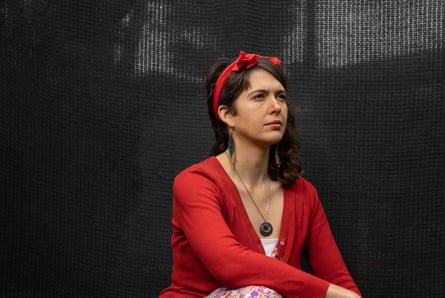
After her arrest she was held in custody for 30 hours, and then subjected to strict bail conditions – including non-association orders with other members of Extinction Rebellion – before her next court hearing in March.
“It feels very unsettling, I run through different scenarios. Would they take into account the fact that I’m a pensioner, that I’m elderly?” she says.
“How would I look after my flat? How do I look after my personal affairs, do I have to give someone power of attorney of bank accounts? I think, what the hell would I do? And then if I did go to prison, I think, ‘geez, could I really handle that?’ It’s just a really horrible kind of demoralising feeling.”
The arrests followed the establishment by NSW police of Strike Force Guard, which in June raided a property in Colo to “prevent, investigate and disrupt unauthorised protests”. It led to the arrests of seven people, including 27-year-old Tim Neville.
Neville was accused of being a leader of the group, and spent nearly four weeks in prison after being refused bail.
“I was charged with the crime of aiding and abetting the commission of a future crime,” he said at a protest following his arrest.
“In other words, I was charged with thinking about protesting, I was thinking about taking direct action.”
How does the 15-month jail term for environmental protester Violet Coco compare to other sentences?
NSW is not alone in cracking down on climate activists.
In Victoria, forestry activists will soon face up to $21,000 in fines and 12 months in prison for protesting near logging areas. Laws passed in Queensland in 2018 mean even those found possessing devices used in disruptive protests face two years in jail.
Dr Robyn Gulliver, an expert in protest movements at the University of Queensland, has been studying the causes and consequences of climate activism in Australia for the past decade. She says the laws have “a psychological effect”.
“We know this from other countries where authoritarian regimes, for example, have cracked down really heavily on protesters,” she says.
“And part of the rationale for that is that it makes everybody else scared. It sends a message to everybody else. It’s far too punitive.”
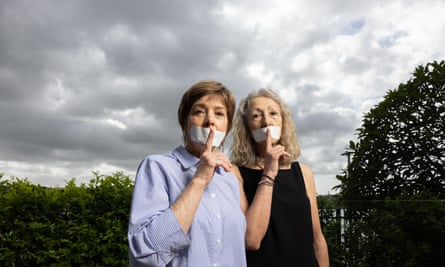
On Wednesday a small group of people sitting in the public gallery in the Queensland parliament suddenly unfurled banners with slogans such as “end fossil fuels now” and chanted repeatedly “stop coal, stop gas” for a period of about three minutes. It was livestreamed to Facebook, before security stopped the protest.
Nine people have since been charged, and are accused of disturbing the legislature.
The following day, the premier, Annastacia Palaszczuk, told parliament that the protest left some of her colleagues feeling “very unsafe”, while the speaker, Curtis Pitt, flagged his intention to press charges, alleging the cameras used in the protest were smuggled in “by accomplices using disabled access facilities for a wheelchair” in what he described as a “particularly despicable act”.
I’ve led a life that’s been very conformist and been very careful not to break the law
A spokesperson for Pitt confirms it was the speaker who requested police lay charges, the first time anyone has faced prosecution for disturbing the legislative assembly in three decades.
Dianne Tucker was the first of the group to receive a call from a detective of the criminal investigation bureau.
“I’ve led a life that’s been very conformist and been very careful not to break the law,” says the 68-year-old grandmother, who is a semi-retired psychologist.
“So to be confronted with a criminal charge is a very stressful thing to go through.”
While her journey from law-abiding professional to radical activist has been a relatively sudden one, Tucker says she has long been troubled by the unfolding climate crisis – and is willing to act on those concerns.
“As the situation with the climate breakdown has become increasingly obvious, it’s created more and more of a sense of urgency for me,” Tucker says.
While the tactics used by climate activists divide opinions – even within the environmental movement – Chris Salisbury, a political historian at the University of Queensland, says the demonstrations are part of a long history of direct action born out of frustration.
“With climate change and climate action really pressing, and obviously on the forefront of mind for many people, I don’t think I would be going out on a limb to say, yes, I expect that yes, we could see more people call back upon that tradition,” he says.
